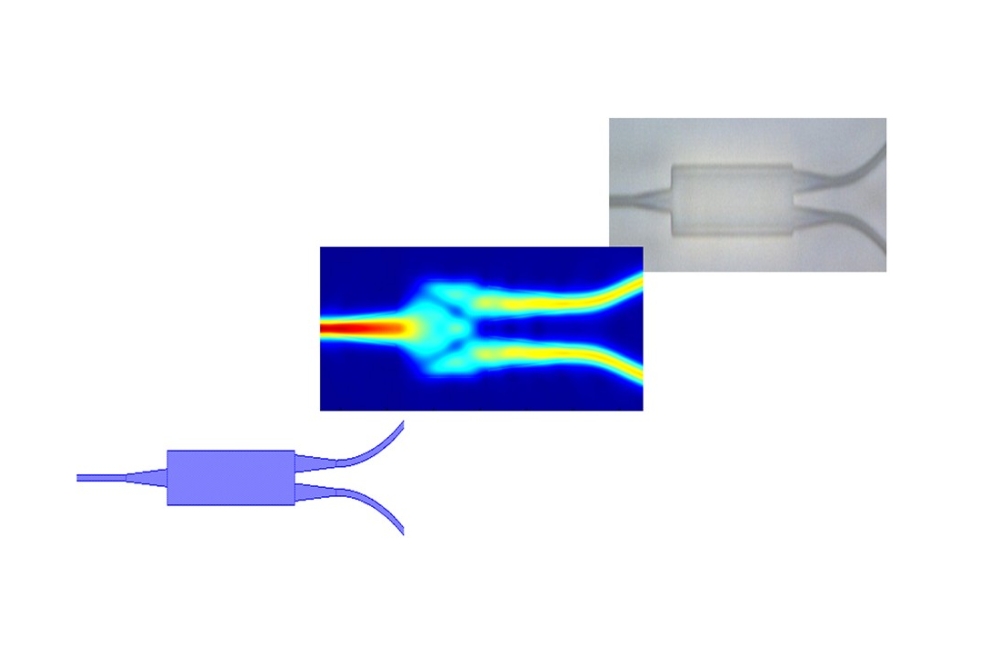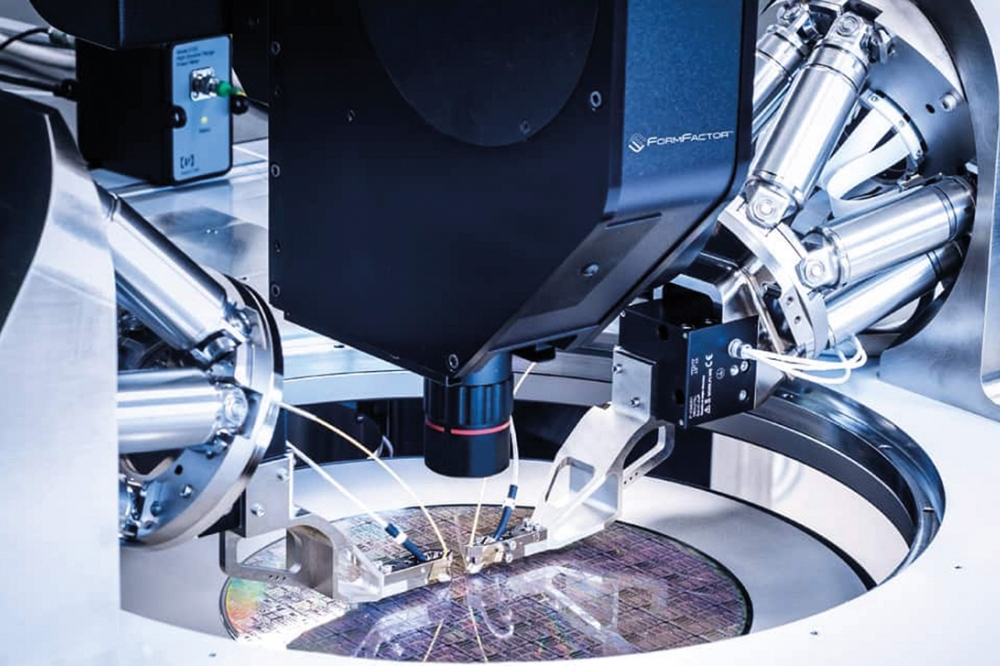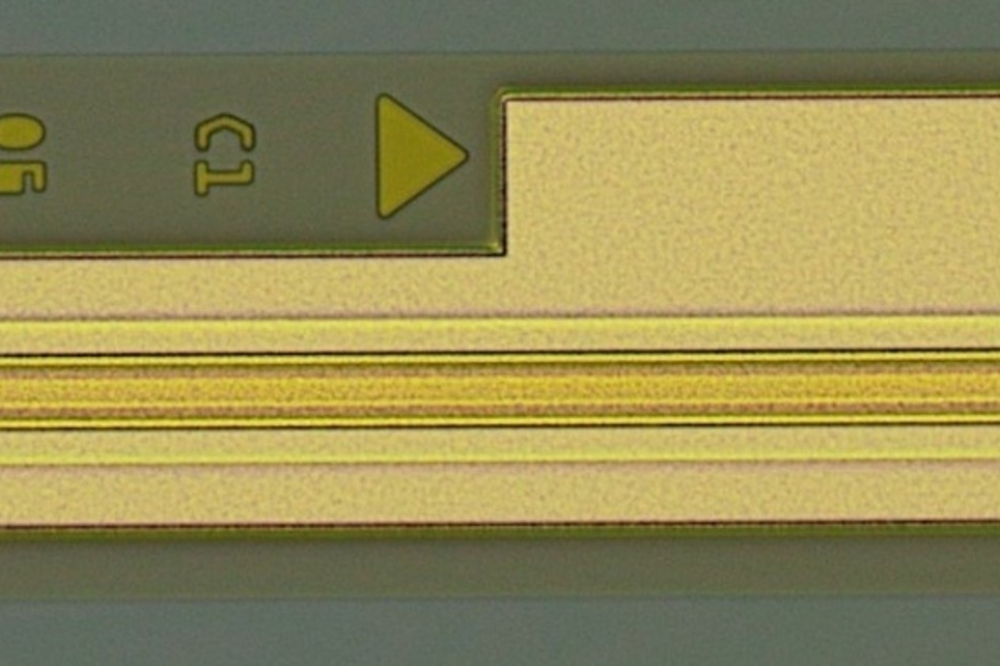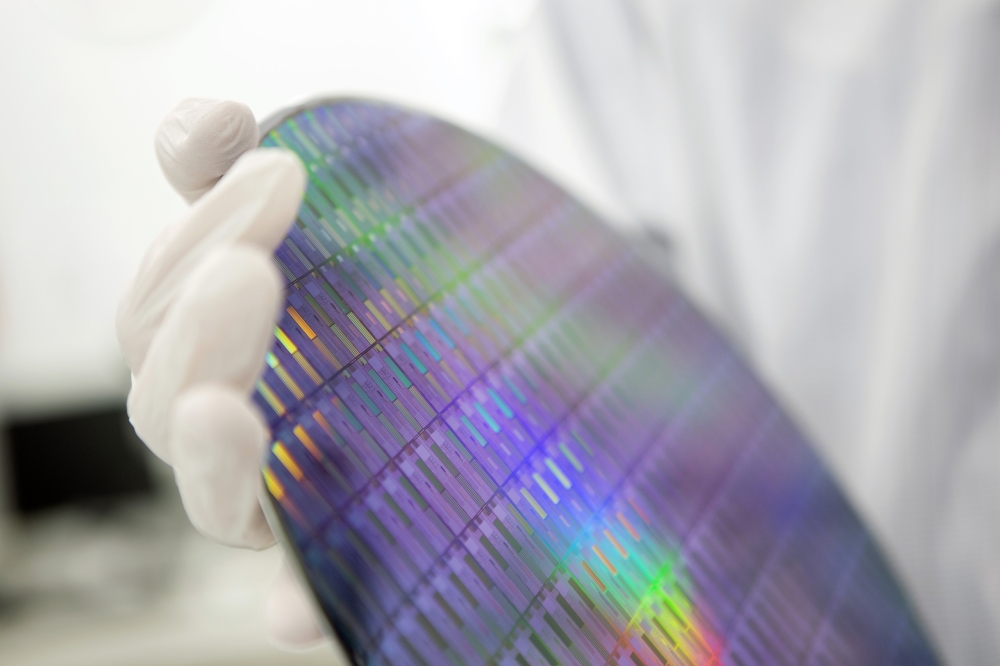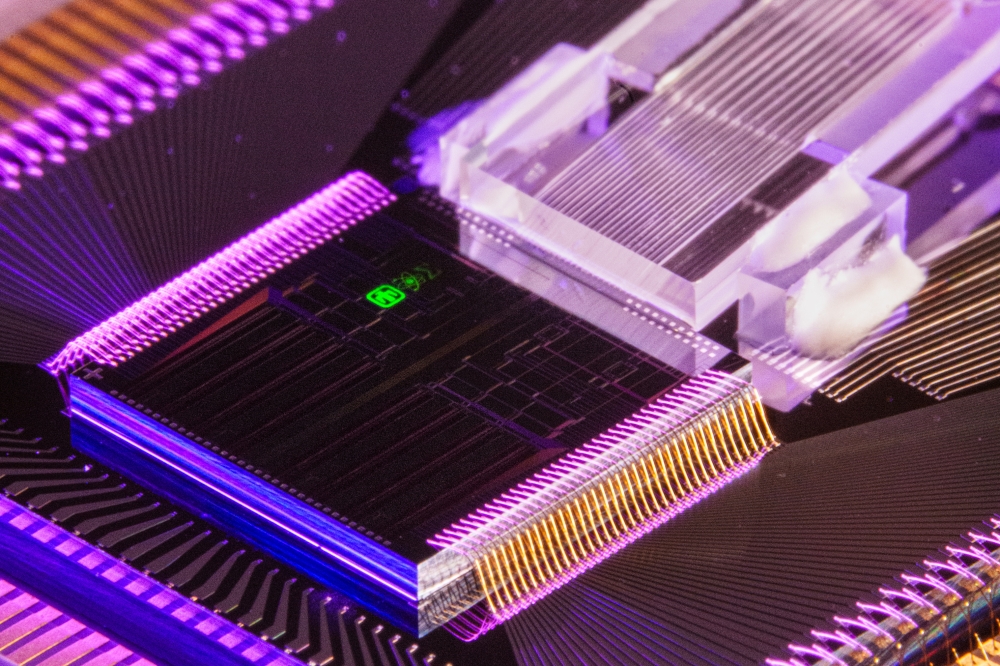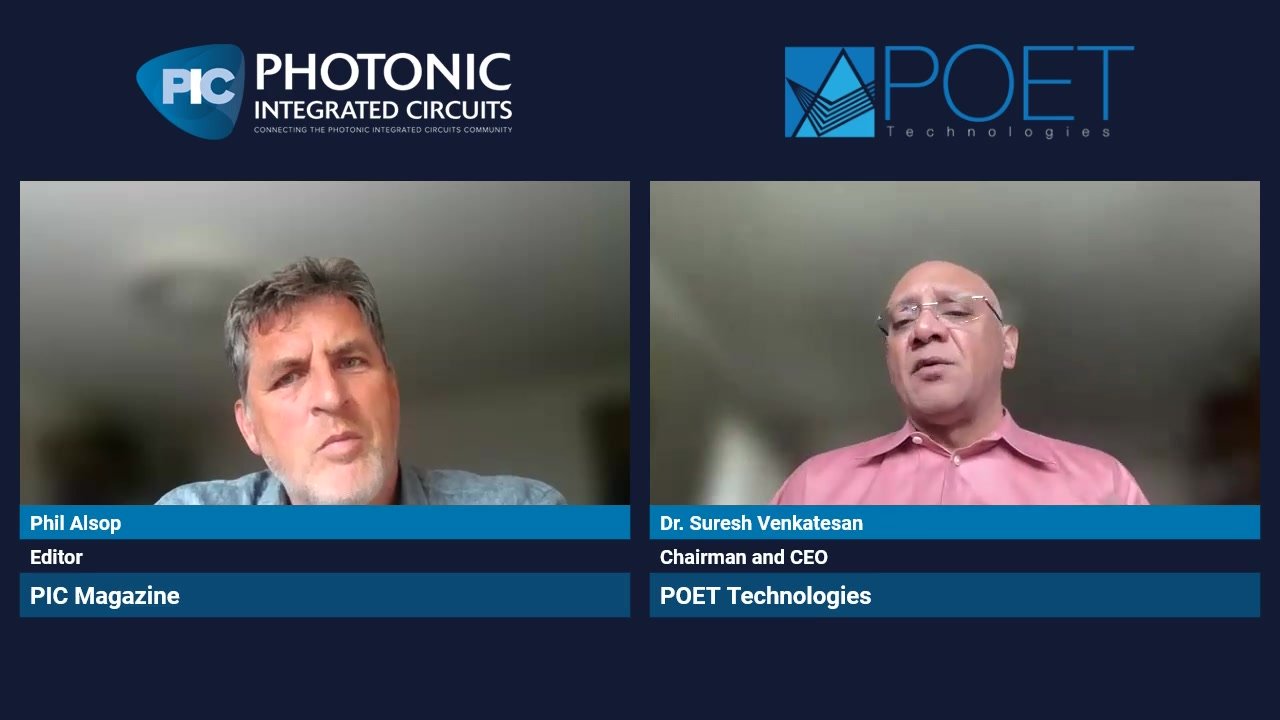UCSB researchers demonstrate chip-scale optical frequency synthesis
![]()
Above: Heterodyne OPLL on the test bench with US quarter shown as a scale (right). A close-up view of the heterodyne OPLL board (left).Â
Researchers at University of California Santa Barbara have demonstrated chip-scale optical frequency synthesis (OFS). They reported the results in the journal Optics Express.
The reference frequency comb generator used in the chip-scale OFS represents an example of a fully heterogeneously integrated Kerr frequency comb generator, whereas the highly-integrated optical phase locked loop (OPLL) system is realised by assembling photonic and electronic integrated circuits very closely on a common substrate.Â
The physical package of the comb device (which includes the pump laser, the optical coupling element, the high-Q microresonator, and support electronics and thermal control) has a volume less than 0.2 cm3 and total electric power consumption of 400 mW. The OPLL system size is around 1.8 x 1.6 cm2.Â
The total power consumption of the entire OFS system is roughly 2W (excluding EDFA). "To the best of our knowledge, this is the first demonstration of a chip-scale OFS with fastest switching time between the comb lines, highest tuning resolution and lowest power consumption," commented Shamsul Arafin lead author of the paper.
Optical frequency synthesisers (OFSs) have applications in optical spectroscopy, gas sensing, light detection and ranging (LiDAR), and optical frequency metrology. At present they have found only limited use due to their high cost, size, weight, and dc power requirements, so a compact, inexpensive, and low-power OFS is in demand.Â
However, it has been challenging to integrate the various optical and electronic devices on the same chip. Low power consumption is especially important because thermal crosstalk and associated thermal management may prevent the tight integration of the optical components.
An OFS includes several key elements. An optical frequency comb must be locked to an optical clock. This comb defines the frequency of the generated optical signal. Also required is a broadly tunable laser or bank of lasers that are referenced to the optical frequency comb. Â Finally, efficient and agile electronic circuits are needed to offset lock the laser to the frequency comb.
The UCSB team designed an integrated heterodyne optical phase-locked loop with an InP based photonic integrated circuit and commercial off-the-shelf electronic components. As an input reference, they used a stable microresonator-based optical frequency comb with a 50dB span of 25 nm (~3 THz) around 1550nm, having a spacing of ~26 GHz (~3 THz). A widely-tunable on-chip sampled-grating distributed-Bragg-reflector laser was offset locked across multiple comb lines.
They demonstrated an arbitrary frequency synthesis between the comb lines by tuning the RF offset source to achieve better than 100Hz tuning resolution with ± 5 Hz accuracy. They managed to frequency switch the on-chip laser to a point more than two dozen comb lines away (~5.6 nm) and simultaneously lock to the corresponding nearest comb line in around 200ns. The low residual phase noise of the optical phase-locking system was -80 dBc/Hz at an offset of as low as 200 Hz.
Future plans
As future work, the team aims to develop a fully chip-scale synthesiser which means replacing the EDFA used in this study with on-chip semiconductor optical amplifiers (SOAs). "Instead of amplifying the power in the optical domain, we can increase the sensitivity of our electronic ICs as an alternative so that the weak error signal generated by beating on-chip laser and low-power comb line at the balanced photodiodes can be handled by the feedback electronics," they said.
Specifically, the sensitivity of the OPLL system can be increased by using ultra high-gain amplifiers with a low noise figure or designing an application specific IC so that on-chip lasers can be phase locked to a comb line without an EDFA.Â
The researchers believe this will open up a new era for optical communications and sensing. "This work will allow OPLL systems to be as useful as traditional RF phase-locked loops. In addition to this, another important goal is to achieve a 2/3 octave spanning optical frequency comb and use this as a reference source. This will allow us to have a broader synthesiser," they concluded.
The work was supported by the GOALI project funded by the National Science Foundation (NSF) under Grant No. 1402935.
'Towards chip-scale optical frequency synthesis based on optical heterodyne phase-locked loop' by Shamsul Arafin et al; Optics Express, Vol. 25, Issue 2, (2017)














